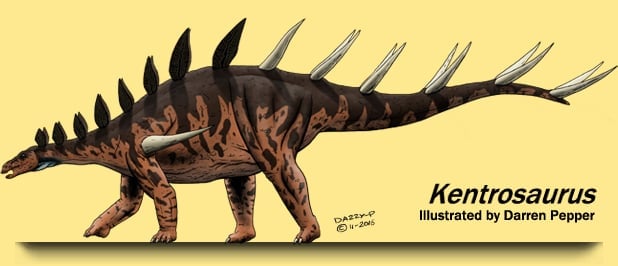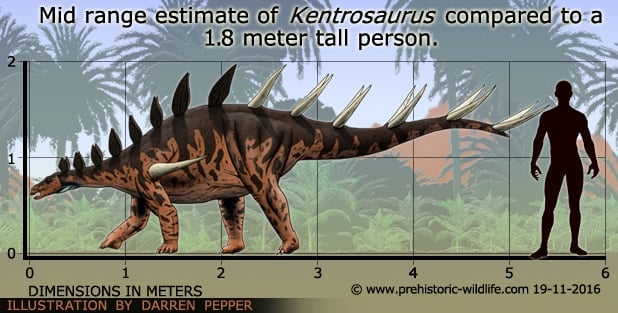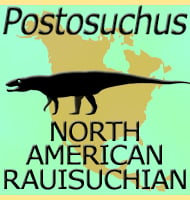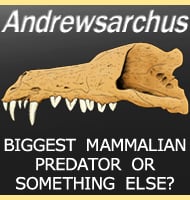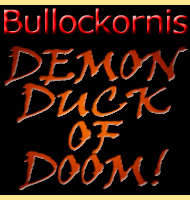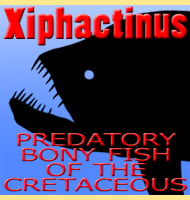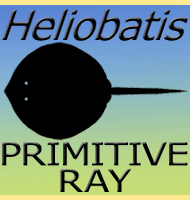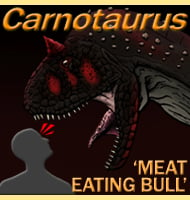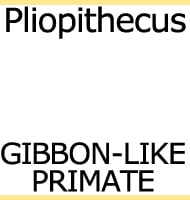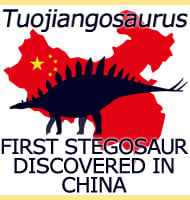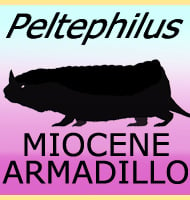In Depth
After Stegosaurus itself, Kentrosaurus is easily the best known of the stegosaurs. Many herbivores were known to have herded, and support for this in Kentrosaurus comes from the massive collection of bones from the Tendaguru beds. Like other Stegosaurs, Kentrosaurus was considered to be a low browser, although it’s considered possible for Kentrosaurus to rear up on its hind legs. The weight distribution of Kentrosaurus is interesting as the centre of mass is placed just forward of the hip, unusual in a quadrupedal animal. This means that very little of the body weight was supported by the front legs, and suggests that Kentrosaurus had a very tight turning circle. Defensive wise, the plates on the body of Kentrosaurus would not have offered a lot of protection. Even the plates on Stegosaurus were not able to provide sufficient protection from large predators, and those on Kentrosaurus were even smaller. They probably were left more as a display mechanism for attracting mates. However the spikes on the tail were a different matter. The tail had a large number of vertebrae, at least forty, and would have been extremely flexible. Coupled with Kentrosaurus’s ability to pivot round on its hind legs, it would have easily been able to keep its spikes pointed towards an attacking predator. Because the spikes ran the entire length of the tail, it would have been virtually unassailable from behind. Assuming that Kentrosaurus was a herding animal, this defence may have even been combined with others to produce a wall of swaying spikes making only isolated individuals potentially vulnerable.
Kentrosaurus once almost lost its name because of the ceratopsian dinosaur Centrosaurus. This gave rise to the alternate names of Kentrurosaurus and Doryphorosaurus. However not only are Kentrosaurus and Centrosaurus spelled diferently they are pronounced differently, Kentrosaurus with a ‘kicking K’, and Centrosaurus with a soft C pronounced more like an S. This is why renaming was never really required and Kentrurosaurus and Doryphorosaurus are considered synonyms.
Further Reading
– Kentrosaurus aethiopicus, der Stegosauride des Tendaguru.” (“Kentrosaurus aethiopicus, the stegosaur of Tendaguru”) – E. Henning – 1925. – Ein aufgestelltes Skelett des Stegosauriers Kentrurosaurus aethiopicus HENNIG 1915 aus den Tendaguru-Schichten Deutsch-Ostafrikas.” (“A mounted skeleton of the Stegosaur Kentrurosaurus aethiopicus HENNIG 1915 from the Tendaguru layers of German East Africa.”) – W. Janensch – 1925. – Kentrurosaurus aethiopicus. Die Stegosaurier-Funde vom Tendaguru, Deutsch-Ostafrika.” (“Kentrurosaurus aethiopicus. The Stegosaur find from Tendaguru, German East-Africa”) – E. Henning – 1925. – The postcranial anatomy of stegosaurian dinosaur Kentrosaurus from the Upper Jurassic of Tanzania, East Africa – P. M. Galton – 1982. – Skull bones and endocranial casts of stegosaurian dinosaur Kentrosaurus HENNIG, 1915 from Upper Jurassic of Tanzania, East Africa – P. M. Galton – 1988. – CAD assessment of the posture and range of motion of Kentrosaurus aethiopicus HENNIG 1915 – H. Mallison – 2010. – The real lectotype of Kentrosaurus aethiopicus HENNIG 1915 – H. Mallison – 2011.
